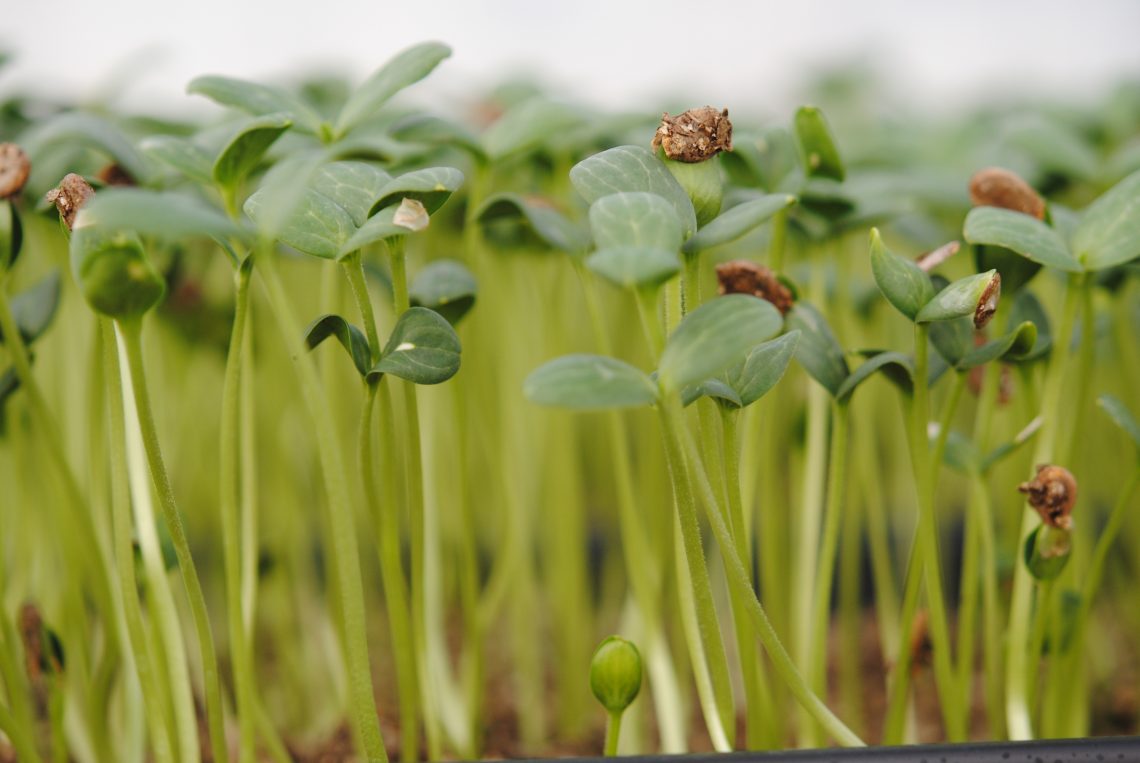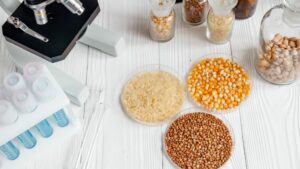When doing seed health testing it is important to consider both direct and indirect testing methods to get the most complete and accurate information.
Assurance of seed health is the first step in supplying producers with good quality seed. As seed companies, you work diligently through the seed production process to monitor and control any potential threats – the final step of this being laboratory testing for seed health on your seed lots. Seed health testing methods are a tool for seed-borne disease risk management.
Indirect vs Direct
“Indirect seed health testing is normally used for prescreening,” says Padma Sudarshana, senior scientist with California Seed and Plant (CSP) Laboratories. “If we see any positive results we generally then recommend moving to the next stage – utilizing direct testing methods.”
Indirect testing methods are often very sensitive and rapid. Indirect tests detect proteins (by immono-flourescence (IF) and Enzyme Linked Immuno Sorbent Assay (ELISA)) or nucleic acids (by polymerase chain reaction (PCR)) that are specific to the target pathogen. As technology progresses the range of available indirect testing methods continues to expand.
“Indirect testing is fast, sensitive and cost effective for screening larger lots of seed,” notes Sudarshana. “The benefits to starting with the indirect testing methods means that we can more quickly rule out any negative results and then these clean lots of seed are able to go market more quickly.”
If positive results are detected moving to direct – more confirmatory – methods of testing are recommended.
“When we move to the direct method we do a grow out of the seeds to see the symptoms and confirm presence of disease,” Sudarshana explains. “This testing method is more time consuming and often more expensive due to labour required to grow out the seeds. Once we isolate the pathogens and observe the symptoms we complete a further confirmation on the host plants via PCR testing.”
Getting Specific
As you work with your laboratory partners it is important to know the best testing methodologies to accurately reflect the potential pathogens that may be present in your seed lot. Testing needs to be specific to these target pathogens, which is where the consideration of direct or indirect testing methods needs to be discussed.
“For certain crop types where you are testing for very specific pathogens – for example phytoplasma and viroids – indirect testing methods are your only way confirm their presence,” says Sukhi Pannu, director, of Business and Research Development at CSP Labs. “These viruses can only be tested via PCR or ELISA methodologies. Conversely for bacteria testing can be done via direct methods – such as liquid plating – where you can grow them and perform confirmatory tests for bacterial fruit blotch in cucurbits and bacterial canker in tomatoes.”
“At CSP Labs we strive to be very active in the industry to stay on top of the best testing protocols,” says Pannu. “We are currently collaborating with the International Seed Health Initiative (ISHI) – branch of the International Seed Federation – on research projects and testing methods for seed health. It is a great learning opportunity for our team.”
This is a sentiment echoed by Sudarshana. “By working with research partners in the seed industry we bring or adopt the latest technologies to our testing. Additionally, we can better serve our customers by keeping on top of the latest regulatory changes and threats facing the seed industry. It’s a win-win.”












